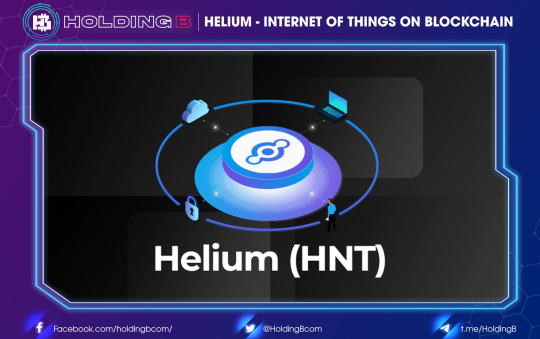Scalability
In blockchain technology, the term “scaling” refers to an increase in throughput rate, as measured by the number of transactions per second (TPS). Specifically, the term “throughput” refers to the number of transactions the system processes per second (TPS).
Although blockchain has drawn a new perspective that can completely change the face of society in the future. From identity verification systems and smart assets to censorship-resistant social platforms and autonomous structures and governance models like DAO (Decentralized Autonomous Organization).
However, blockchain as it is today is limited in its ability to scale. In this article, we will discuss two approaches that increase the scalability of the blockchain, allowing transactions to be performed without burdening the main blockchain, namely sidechain and paying channel.
Three issues with blockchain expansion
As you know, all the blockchain consensus protocols (like that of Bitcoin, Ethereum, Ripple, and Tendermint) have a challenging limitation: every full node in the network has to process every transaction. That is also the point representing dispersion.
Here, it means that every single node on the network processes every transaction and maintains a copy of the entire state. There are certain limitations on their capacity. For example, if the transactions are too large and too fast, the nodes will be unable to keep up; if the blocks are too large, they will be unable to be relayed quickly in the network.
And when the network is congested with pending transactions, that will require users to pay higher fees for their transactions to be processed.
In fact, the blockchain always has to trade off between scalability, security, and decentralization. They are always in conflict with each other. Focusing too much on two of the attributes will mean the third will be reduced.
Many see scalability as something to be achieved off-chain, while security and decentralization should be maximized on the blockchain itself.
What are the off-chain extension solutions?
Off-chain transactions refer to transactions that occur on a cryptocurrency network that move value outside of the blockchain. Due to low or zero costs, off-chain transactions are becoming more and more popular. We explore the two most notable solutions on this front: sidechain and payment channels.
About sidechain
A sidechain is a completely separate blockchain that communicates with the layer 1 blockchains it supports, like Bitcoin or Ethereum. Information is relayed between the two via a “peg”. Peg works behind the scenes, which is the basic secret to maintaining communication between the sidechain and the layer 1 blockchain. Sidechain is an attractive option as no miners or participants are required to authenticate transactions, so there will be no fees. In addition, off-chain transactions provide greater security and anonymity to the participants because the details are not publicly available.
The sidechain uses a two-way peg, meaning users can transfer their assets from the main chain to the sidechain and vice versa. The nodes of the main chain do not need to store every transaction from the sidechain. You can join the sidechain with one Bitcoin transaction, do hundreds of sidecoin transactions, and then exit the sidechain. Sidechain is an effective way to expand blockchain.
What is a payment channel?
The payment channel pushes transactions off the main chain to prevent blockchain bloat. However, it does not require a separate blockchain to work. Users can transact without publishing their transactions to the blockchain using smart contracts.
How does a payment channel work?
The two parties will first deposit funds to an address they jointly own, as in the Lightning Network model. You can understand the Lightning Network as an off-chain or layer 2 solution. It allows individuals to transact without having to record every transaction on the blockchain. And the address I mentioned above is a multi-signature address, which requires two signatures to spend the funds.
Parties can safely interact with each other without trust, as it has special mechanisms that can be used to punish any fraudulent attempt.
As for payment routing, it has evolved into a distributed topology where people connect to multiple peers.
Closing thoughts
Scaling blockchain has been a challenge and an area of active research over the past few years. Although sidechain technology and payment channels are not quite mature yet, it is possible in the future for those who want to overcome the disadvantages of base layer transactions.
Don’t forget to follow useful articles about Crypto Market from team Holding B !!!
- Telegram Channel: https://t.me/HoldingBcom
- Telegram Group: https://t.me/HoldingB
- Website: https://holdingb.com/
- Twitter: https://twitter.com/HoldingBcom
- Facebook: https://www.facebook.com/holdingbcom





